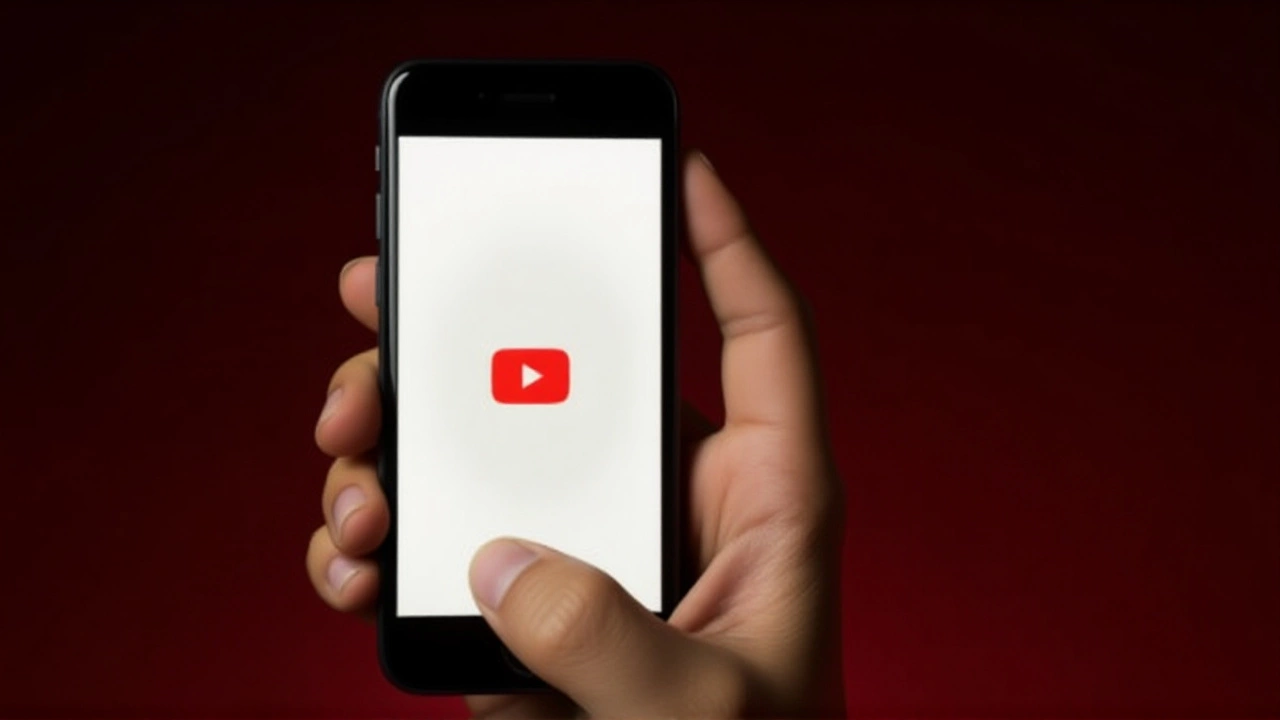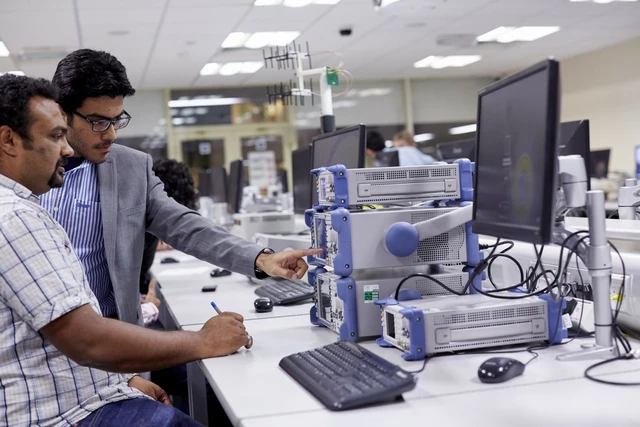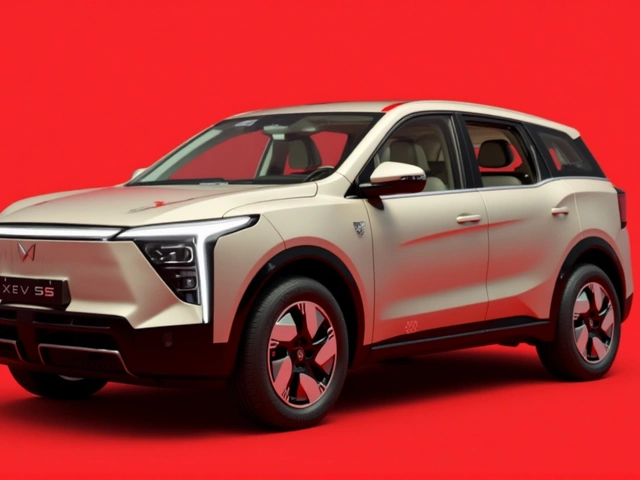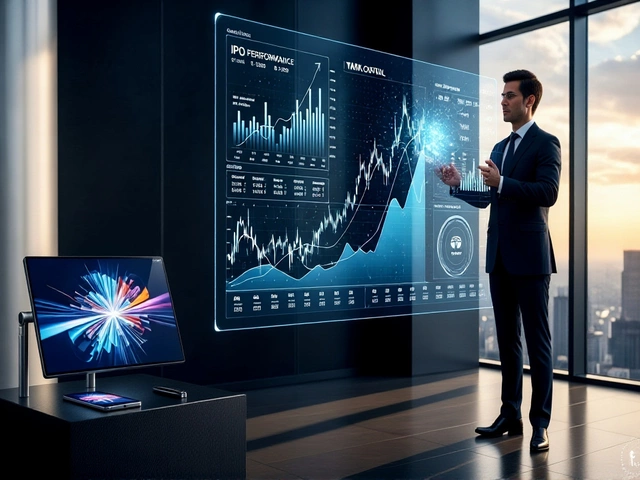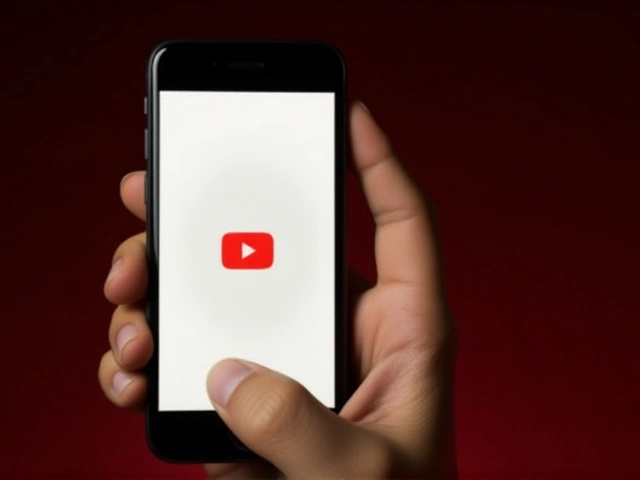When YouTube launched its most extensive visual overhaul in more than ten years, the internet took notice. The rollout, which kicked off on global redesign launchworldwide, replaces a decade‑old flat bar with rounded, translucent controls that sit neatly on the video canvas. YouTube redesign isn’t just skin‑deep; it adds context‑aware like animations, a new threaded‑comment system, and a smoother double‑tap skip, all built on Google’s Material Design 3 guidelines.
Why the redesign matters now
For years, YouTube’s product team has watched viewing habits drift from phones to larger screens. In the United States, the platform announced that television sets now account for the majority of watch time, with more than 1 billion hours streamed daily on TV‑connected devices. That shift is reshaping how creators think about layout, and it explains why YouTube chose to prioritize a player that obscures less of the picture.
Tom’s Guide, citing internal data, called the update “the most significant visual overhaul since 2013.” The company’s own blog confirmed that the redesign aims to make the video itself the hero, while still giving users quick, intuitive access to essential controls.
What’s new in the player UI
The most obvious change is a set of circular containers that house every control—play, pause, volume, captions, and the new “like” animation trigger. The icons are semi‑transparent, a nod to Apple’s “Liquid Glass” aesthetic, but YouTube dialed the effect back to keep the focus on content. On mobile, the double‑tap‑to‑skip gesture now slides more fluidly across the screen, and the tab‑switch animation feels less jarring.
Keyboard power users will breathe a sigh of relief: all existing shortcuts remain untouched. Press the spacebar to pause, arrow keys to scrub, and “k” still toggles playback. The only addition is a subtle visual cue whenever you hit a shortcut—tiny pulsing rings around the control icons.
And then there’s the like animation. When you tap the thumbs‑up on a music video, a cascade of musical notes flutters across the screen; on a sports clip, a miniature trophy pops up. The effect is brief, but it adds a playful, context‑aware layer to engagement.
Threaded comments and conversation flow
Perhaps the most‑requested feature finally gets a decent implementation. Replies now live in a dedicated panel that expands beneath the original comment, letting you follow a conversation without scrolling endlessly. The design borrows from Reddit’s nested comment experience, but stays true to YouTube’s aesthetic by using the same translucent containers.
Moderators gain a new “pin” option, allowing creators to highlight top‑level comments directly in the panel. The change tackles the long‑standing complaint that comment sections felt chaotic, especially on videos with thousands of replies.
Behind the scenes: Google’s design language and product leadership
The redesign is a direct product of Google’s Material Design 3 rollout, which emphasizes tonal harmony, dynamic color, and adaptable components. Neal Mohan, CEO of YouTube, YouTube said in an internal memo, “Our goal is to make every pixel count, especially as more viewers watch on the big screen.”
The design team, based out of San Bruno, California, spent months iterating on mock‑ups before opening a limited beta to a handful of creators in early 2023. Feedback loops were fast; many of the tweaks—like the toned‑down translucency—came directly from those early testers.
Industry outlet Tom’s Guide praised the move, noting that “YouTube finally caught up with the visual polish that rivals its competitors while keeping the familiar workflow that creators rely on.”
Impact on creators and viewers
Beyond the shine, the redesign brings functional upgrades. Playlist management now lets you drag and drop items without leaving the player, and the “Watch Later” button has been enlarged for easier tapping on TV remotes. Those changes may sound minor, but they shave seconds off friction, which matters when you’re trying to keep a live audience engaged.
Later this year, YouTube plans to debut a feature that merges vertical and horizontal live streams into a single view with one chat pane and unified viewer count. For smaller channels, that could be a game‑changer: vertical streams often attract 100–500 viewers, and combining them with a horizontal broadcast can push total numbers into the thousands, nudging the algorithm to surface the stream more prominently.
The company stresses that this hybrid streaming isn’t a copy of Twitch’s recent vertical mode; behind the scenes it uses a different encoding pipeline that preserves bitrate quality across both orientations.
Future roadmap and what to watch for
While the UI revamp lands this week, YouTube’s product roadmap remains busy. A beta for AI‑generated subtitles in multiple languages is slated for early 2024, and an experiment with “watch‑together” rooms—where friends can sync playback across devices—is in closed testing.
Analysts at eMarketer predict that the emphasis on TV viewing will push advertisers to favor high‑resolution, 4K streams, which could drive up ad revenue for creators who adapt quickly. The new player, with its unobtrusive controls, is already optimized for 4K playback on big‑screen devices.
All told, the global redesign is more than a facelift; it’s a strategic pivot that aligns YouTube’s visual language with where its audience lives—on sofas, in living rooms, and increasingly, on smart TVs.
Frequently Asked Questions
How does the new player affect mobile users?
Mobile users get a smoother double‑tap‑to‑skip gesture and translucent controls that sit atop the video, preserving more screen real‑estate. The look may differ slightly from desktop, but all core shortcuts and the context‑aware like animations work the same way.
Will creators need to redesign their thumbnails because of the new UI?
No major changes are required. The revamped controls occupy less vertical space, so existing thumbnails will display just as before. However, creators can experiment with brighter colors to complement the new Material Design palette.
What’s the timeline for the vertical‑horizontal streaming feature?
YouTube has said the hybrid streaming capability will roll out in the last quarter of 2023 for a limited set of creators, with a broader release planned for early 2024 after further testing.
How does the threaded comment system improve moderation?
Moderators can now pin top‑level comments directly in the reply panel and dismiss entire threads with a single action, reducing the time spent combing through unrelated replies. The UI also highlights flagged comments, making them easier to spot.
Is the redesign available on smart‑TV apps right now?
Yes. The update launched globally on October 16, 2023, covering Android, iOS, web browsers, and all major smart‑TV platforms, including Roku, Fire TV, and Samsung Tizen.
